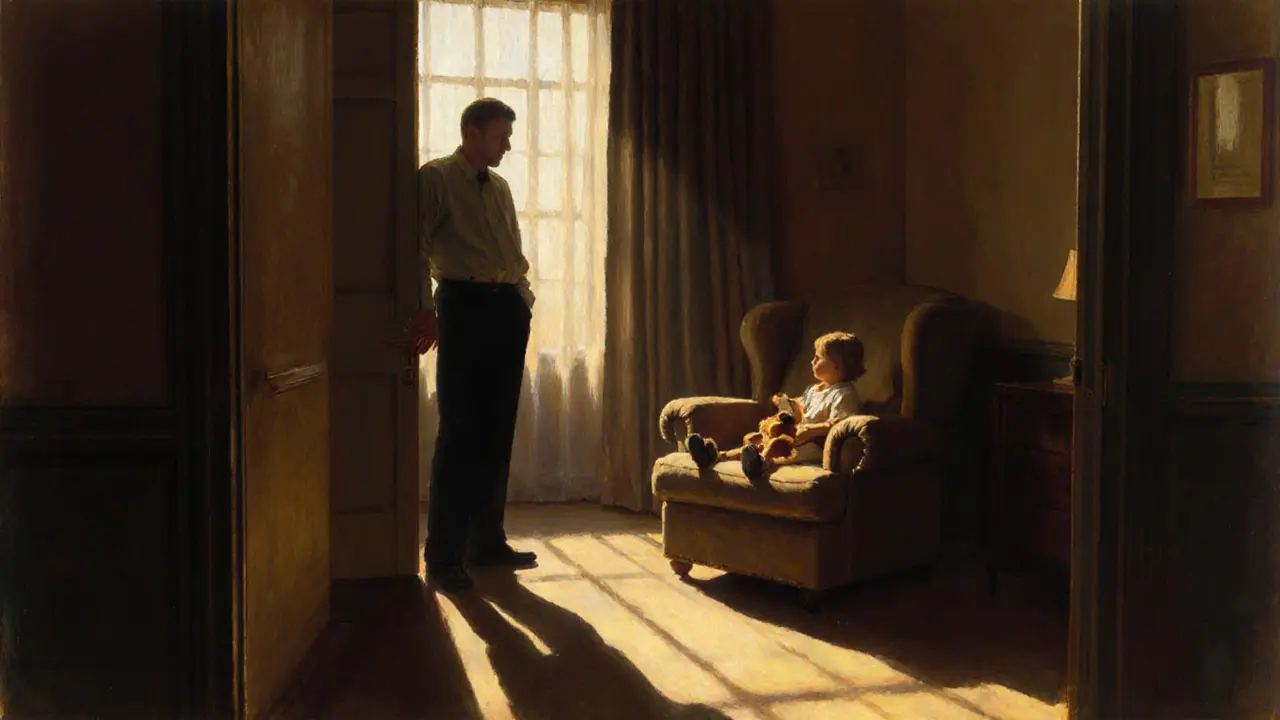Dětská terapie: Když dítě potřebuje pomoci a co to vlastně znamená
When a child struggles, it rarely says, I need help. Instead, they act out, shut down, refuse school, or suddenly become clingy. That’s when dětská terapie, specifický přístup k léčbě emocionálních a chovatelských potíží u dětí, který využívá hru, umění a příběhy místo jen hovoru. Also known as terapie pro děti, it is not therapy for kids, but therapy with kids — using their world, not ours. Many parents think, "My child is just going through a phase," but when the phase lasts months, when sleep disappears, when tantrums take over, when school becomes a battlefield — that’s not a phase. That’s a cry for help that adults often miss because they’re looking for words, not behavior.
What makes dětský psycholog, specialista, který se věnuje vývojovým, emocionálním a sociálním potřebám dětí, a nejen dospělých different from a regular therapist? They don’t sit across from a child with a notebook. They play with cars, draw monsters, build castles out of clay. A 7-year-old won’t tell you they feel abandoned when mom works late. But they might build a tower and knock it down five times. A therapist sees the pattern. They understand that dětská úzkost, častá, ale často přehlížená reakce na změny, školu, rodinné konflikty nebo nejistotu doesn’t look like adult anxiety. It’s not "I’m scared of failing." It’s "I won’t go to bed," "I won’t eat," "I won’t let you leave the room." And it’s not weakness — it’s the child’s brain trying to survive.
Parents often wait too long. They think, "Maybe it’ll pass." But delays cost time — and emotional energy — for both child and family. The good news? Dětská terapie works. Not because it "fixes" the child, but because it helps them understand their feelings, rebuild trust, and feel safe again. Whether it’s after a divorce, bullying, loss, or just overwhelming school pressure, therapy gives kids tools they didn’t know they needed. And it gives parents a way to connect again — not as fixers, but as listeners.
You’ll find here real stories: how play therapy helped a boy stop wetting the bed after his parents separated, how art therapy gave a girl with autism a voice when words failed, how a family learned to stop yelling after a single session focused on emotional regulation. These aren’t fairy tales. They’re outcomes from grounded, evidence-based methods used by therapists who know children don’t think like adults — and they shouldn’t be treated like they do.
What you’ll read below isn’t theory. It’s what actually happens in rooms where kids feel safe enough to be messy, scared, angry, or quiet. No jargon. No fluff. Just clear, practical insights from therapists who’ve sat on the floor, drawn dragons, and waited — patiently — for a child to finally speak.
14
lisMohu být přítomen při terapii svého dítěte? Jak rodiče ovlivňují úspěch dětské psychoterapie
Rodiče hrají klíčovou roli v úspěchu dětské psychoterapie, ale ne tím, že jsou přítomni při každém sezení. Zjistěte, jak a kdy být součástí procesu, aby vaše dítě mohlo skutečně vyléčit.
ČÍST VÍCE